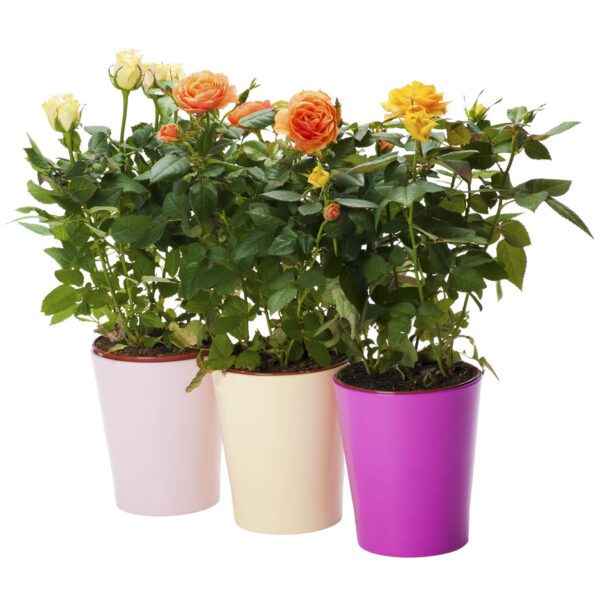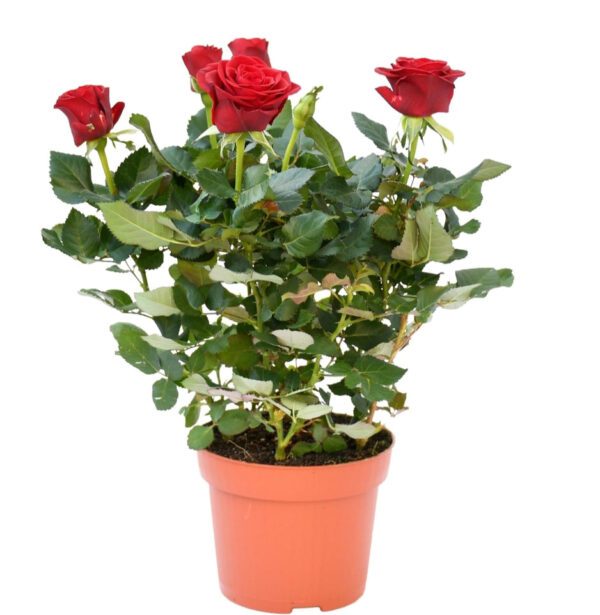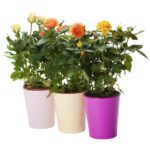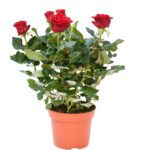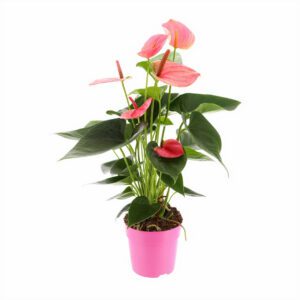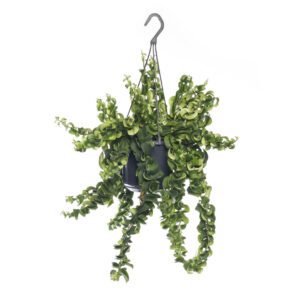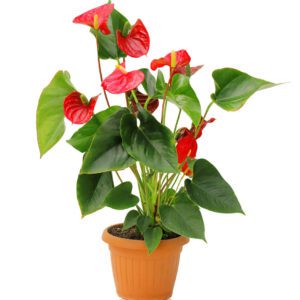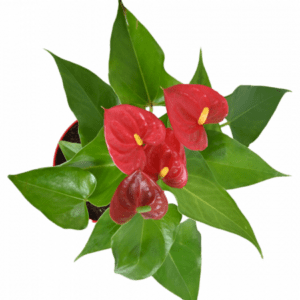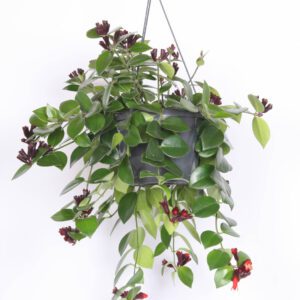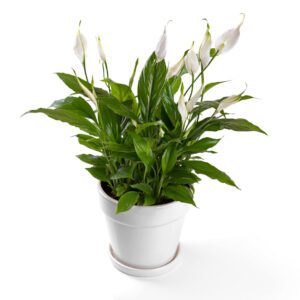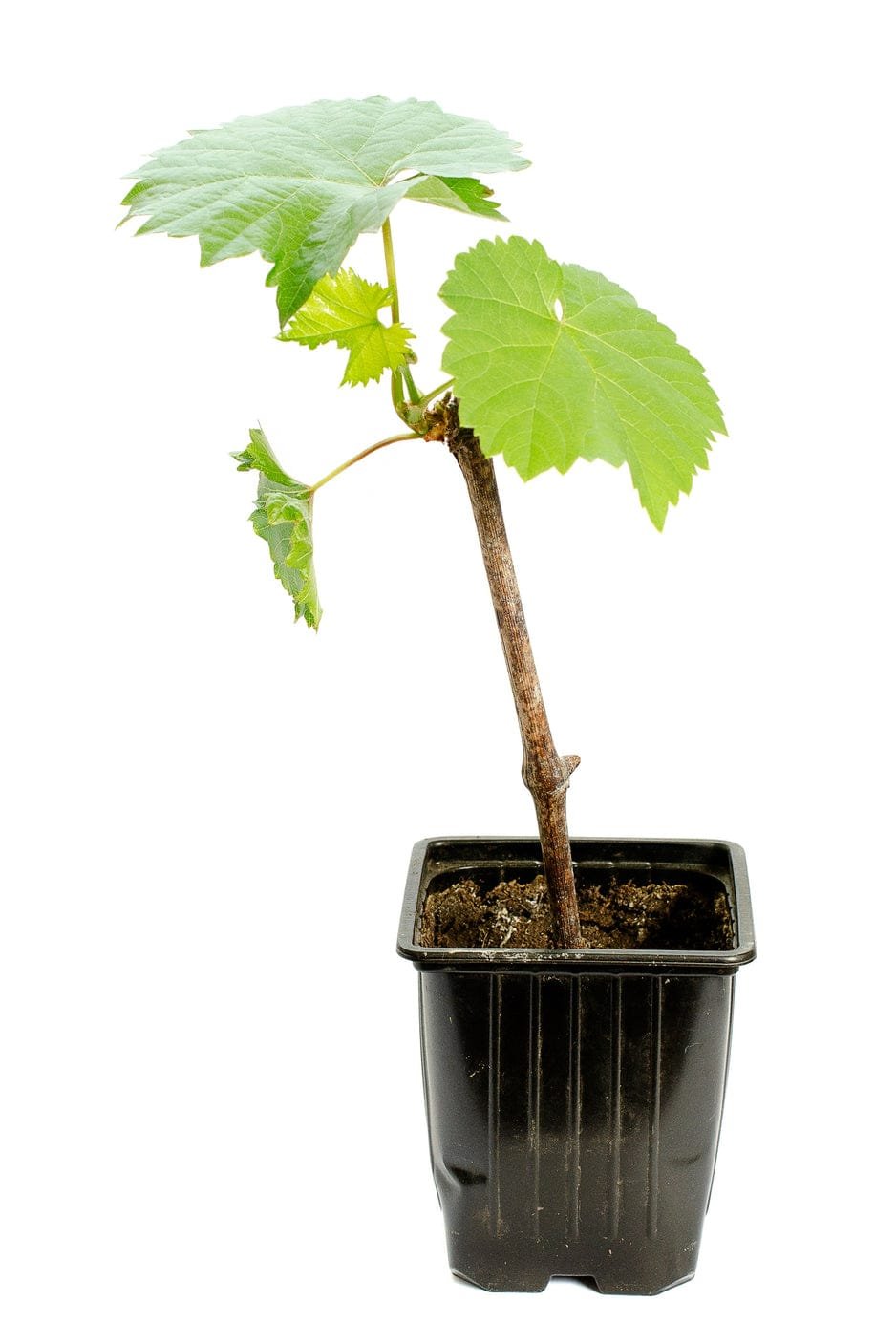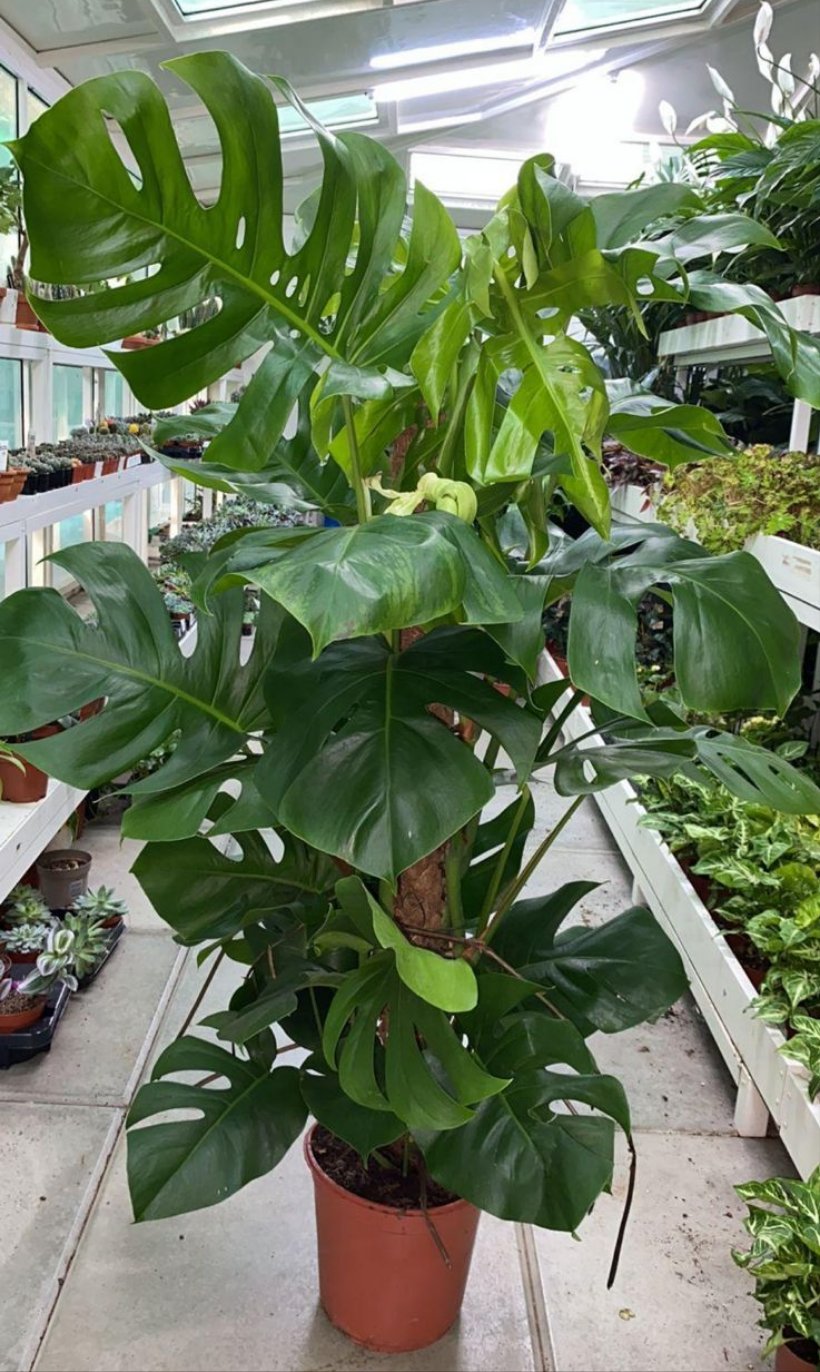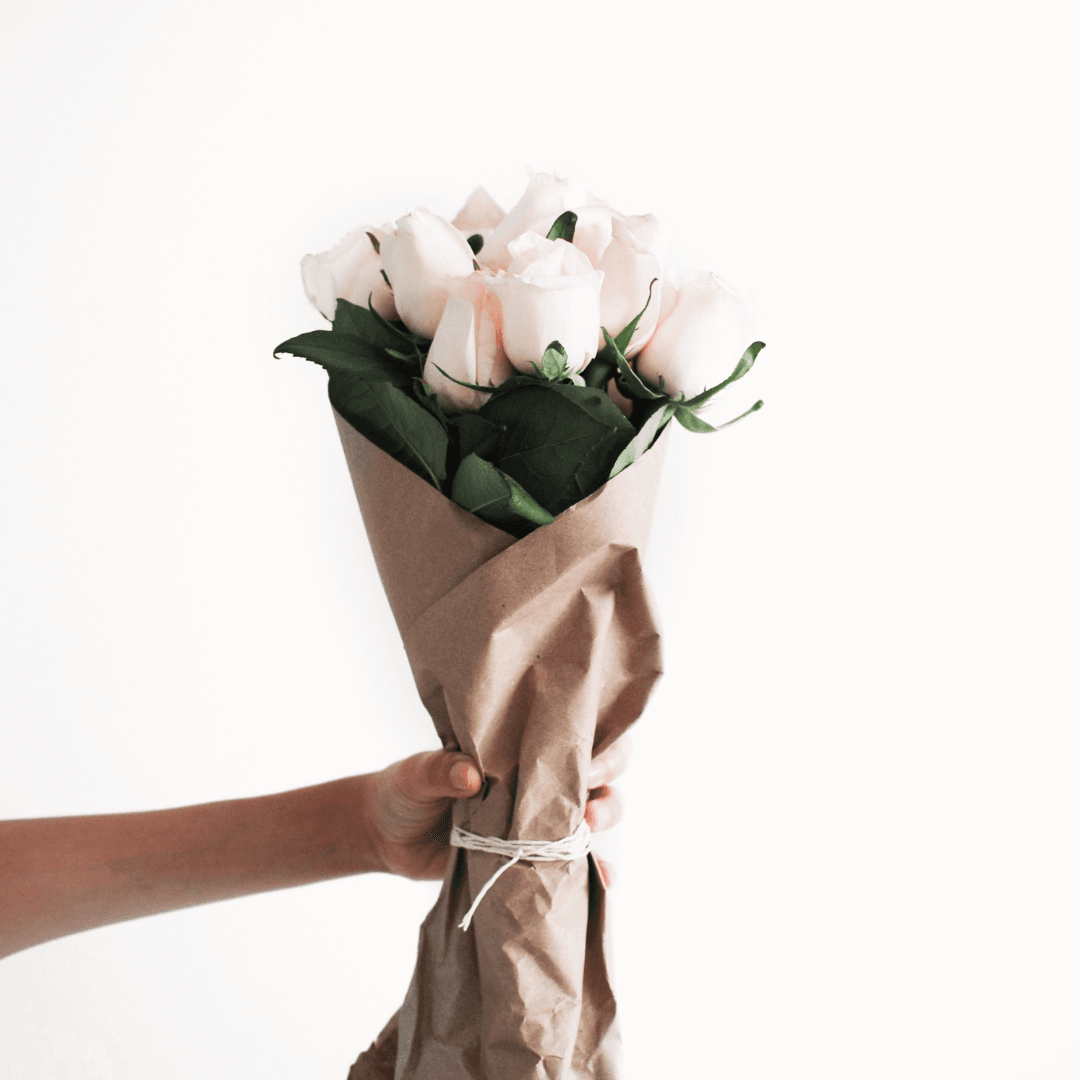Rose “Indoor”( Holland)
The Indoor Holland Rose is a miniature version of the classic rose plant, bred specifically for indoor environments.
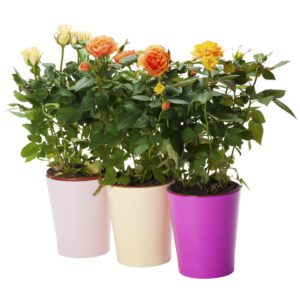
Rose “Indoor”( Holland)
Description
Known for its compact size and ability to bloom in pots, this variety of rose is perfect for adding a touch of elegance and color to your home. With blooms that range in color from red, pink, and white to yellow and orange, these roses bring the beauty and fragrance of a garden indoors.
Originating from Holland, a country famous for its superior horticulture, these roses are hardy yet delicate, with flowers that can range from 1 to 2 inches in diameter. Unlike outdoor roses, indoor roses are designed to grow in containers, making them ideal for windowsills, balconies, or as part of an indoor garden. With proper care, these roses can bloom multiple times a year, offering a continuous display of vibrant blossoms.
Plant Care for Rose “Indoor” (Holland)
Light:
- Indoor roses need bright, direct sunlight for at least 6 hours a day. Place them near a sunny window, preferably one that faces south or west. If natural light is insufficient, consider supplementing with grow lights to encourage blooming.
Watering:
- Keep the soil evenly moist, but not waterlogged. Water the rose when the top inch of soil feels dry. Avoid letting the plant sit in standing water, as this can lead to root rot. Ensure the pot has drainage holes to allow excess water to escape.
Humidity:
- Indoor roses prefer a moderate level of humidity. If the air in your home is very dry, especially in winter, you can increase humidity by misting the plant occasionally or placing a humidity tray near it.
Temperature:
- Indoor Holland roses thrive in temperatures between 65°F to 75°F (18°C to 24°C) during the day and slightly cooler temperatures at night. Avoid exposing the plant to cold drafts, air conditioners, or heating vents, as sudden temperature changes can stress the plant.
Soil:
- Use a well-draining potting mix designed for roses or flowering plants. A mix that includes peat moss and perlite is ideal for retaining moisture while allowing excess water to drain away.
Fertilizing:
- Feed the plant with a balanced fertilizer formulated for roses every 2-4 weeks during the growing season (spring through early fall). This will encourage healthy growth and abundant blooming. Reduce feeding during the winter months when the plant is not actively growing.
Pruning:
- Regular pruning is essential for keeping indoor roses healthy and promoting new growth. Remove spent blooms (deadheading) to encourage more flowers, and trim back any dead or yellowing leaves. In early spring, you can do a more thorough pruning to shape the plant and remove any weak or damaged stems.
Repotting:
- Indoor roses can become root-bound over time. Repot the plant every 1-2 years in fresh soil, using a pot that is slightly larger than the current one. Make sure the new pot has good drainage.
Pest Control:
- Indoor roses are susceptible to pests such as aphids, spider mites, and powdery mildew. Inspect the plant regularly for signs of pests or disease. If detected, treat with insecticidal soap or neem oil. Improve airflow around the plant to prevent fungal issues.
Toxicity:
- Roses are generally non-toxic to humans and pets, making them a safe choice for households with children or animals.
With the right care, the Indoor Holland Rose can bring year-round beauty and fragrance to your home, providing a continuous burst of color and charm.
Additional Information
| Size | 20cm |
|---|---|
| Flowers Color | Multicolor |
Disclaimer
The image displayed is for reference only. The actual product may differ in shape, appearance, climate, age, height, and other factors. Plants will be delivered in plastic pots unless the customer explicitly selects a different pot option.
All information provided is shared in good faith. However, we make no representations or warranties of any kind, express or implied, regarding the accuracy, adequacy, validity, reliability, availability, or completeness of the information on this site.

